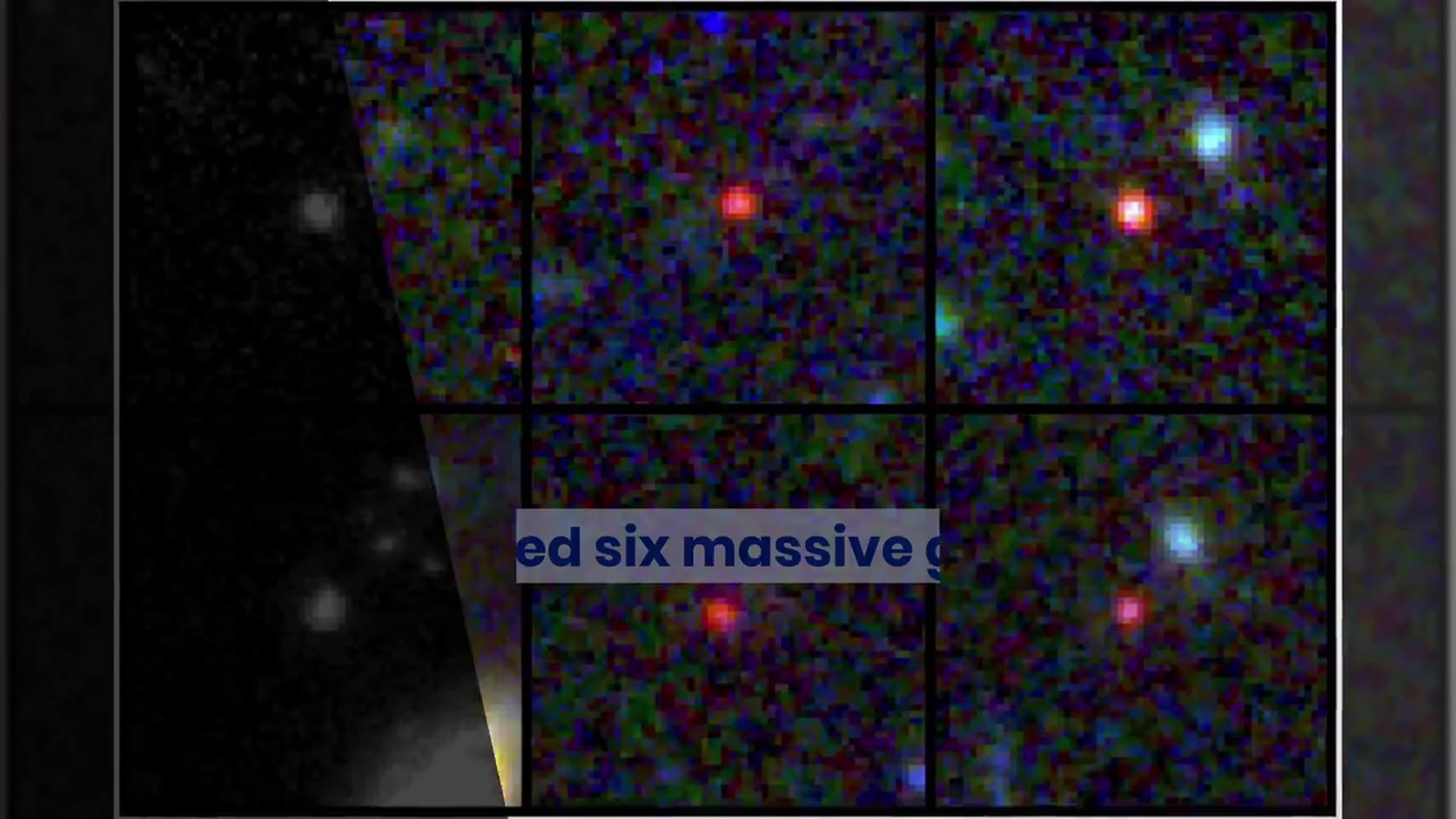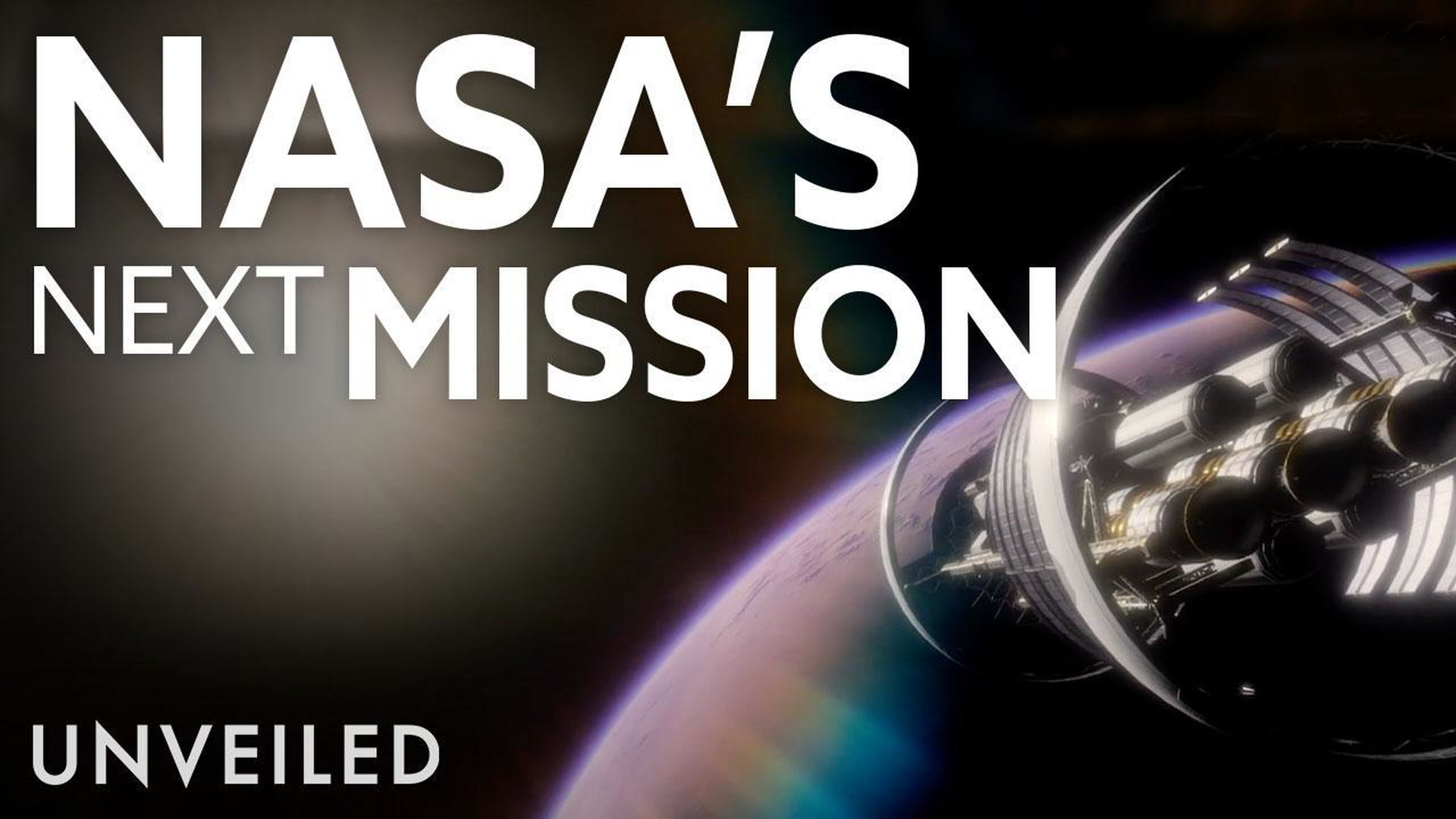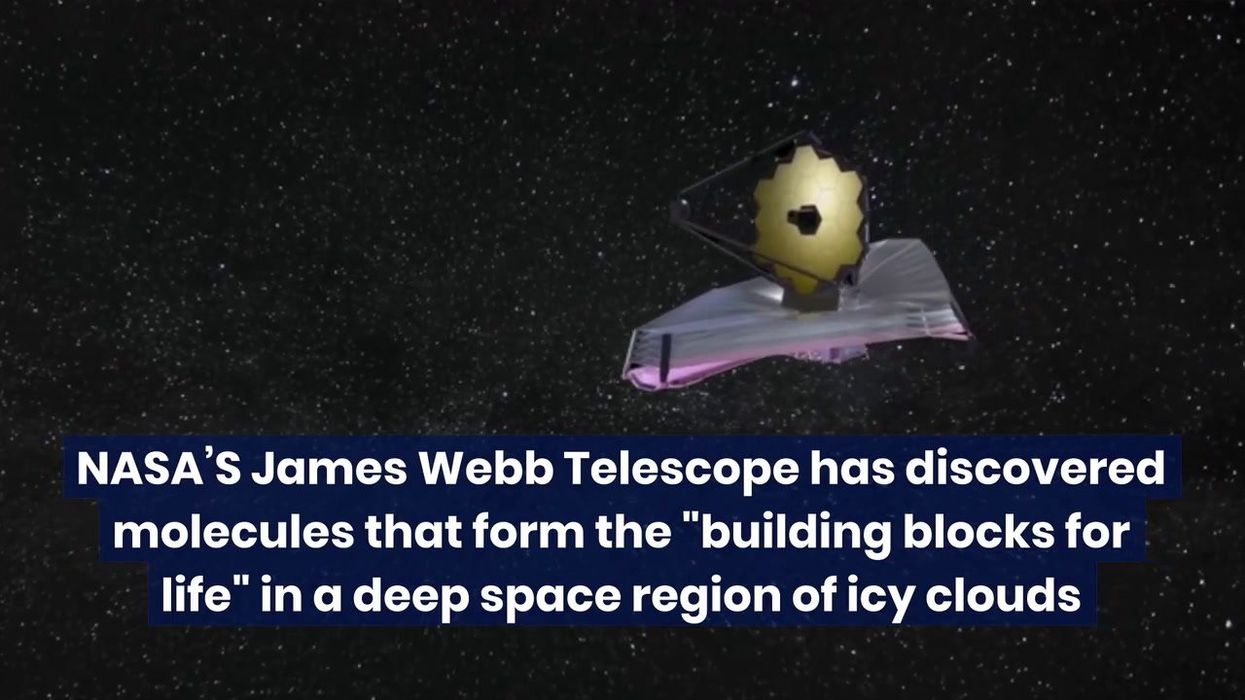Science & Tech
Harriet Brewis
Mar 06, 2023
James Webb Telescope Finds Signs Of 'Building Blocks For Life'
content.jwplatform.com
They’re the questions that have dogged humanity since time immemorial: where did life on Earth come from? And does it exist elsewhere?
But now a team of scientists have set out to answer the seemingly unanswerable and discover the origins of life itself.
It’s a grand ambition for the international group, which is named the Origins Federation and is made up of astrologists, zoologists and other experts from the UK, US and Switzerland, The Times reports.
The federation believe that in the next 10 to 20 years they could discover “thousands” of planets bearing marks of alien life, according to the paper.
To achieve their aim, they will rely on the James Webb Space Telescope (JWST) which, according to NASA, will “study every phase in the history of our Universe, ranging from the first luminous glows after the Big Bang, to the formation of solar systems capable of supporting life on planets like Earth, to the evolution of our own Solar System.”
They will also carefully study rock and other samples taken by probes sent to Mars, Jupiter and Saturn.
Sign up for our free Indy100 weekly newsletter
One member of the team, Cambridge zoologist Dr Emily Mitchell, said life is almost certainly “quite common” across the universe and it is “very likely” that we will discover signs of living organisms on other planets.
The Times explained that the involvement of biologists, chemists and zoologists is crucial in order to understand how life first emerged and evolved on Earth. And discovering other habitable planets could help us understand how life first began on our own world.
The JWST has already challenged our understanding of the dawn of the time after discovering six massive galaxies in the early universe.
Using the first data released from the telescope last July, scientists found that galaxies as mature as the Milky Way existed when the universe was only three per cent of its current age – some 500-700 million years after the Big Bang.

Joel Leja, assistant professor of astronomy and astrophysics at Penn State University, America, said: “These objects are way more massive than anyone expected.
“We expected only to find tiny, young, baby galaxies at this point in time, but we’ve discovered galaxies as mature as our own in what was previously understood to be the dawn of the universe.”
The JWST is equipped with instruments that can detect light that was emitted by the most ancient stars and galaxies.
Essentially, it allows scientists to see back in time roughly 13.5 billion years, near the beginning of the universe as we know it, the experts say.
Leja explained: “This is our first glimpse back this far, so it’s important that we keep an open mind about what we are seeing.
“While the data indicates they are likely galaxies, I think there is a real possibility that a few of these objects turn out to be obscured supermassive black holes.”
However, he stressed: “The revelation that massive galaxy formation began extremely early in the history of the universe upends what many of us had thought was settled science.
“We’ve been informally calling these objects ‘universe breakers’ — and they have been living up to their name so far.”

He added: “We looked into the very early universe for the first time and had no idea what we were going to find.
“It turns out we found something so unexpected it actually creates problems for science. It calls the whole picture of early galaxy formation into question.”
The question now is, will the Origins Federation soon uncover something that calls our whole picture of life into question?
It looks as though we might soon find out…
Have your say in our news democracy. Click the upvote icon at the top of the page to help raise this article through the indy100 rankings.
Top 100
The Conversation (0)














